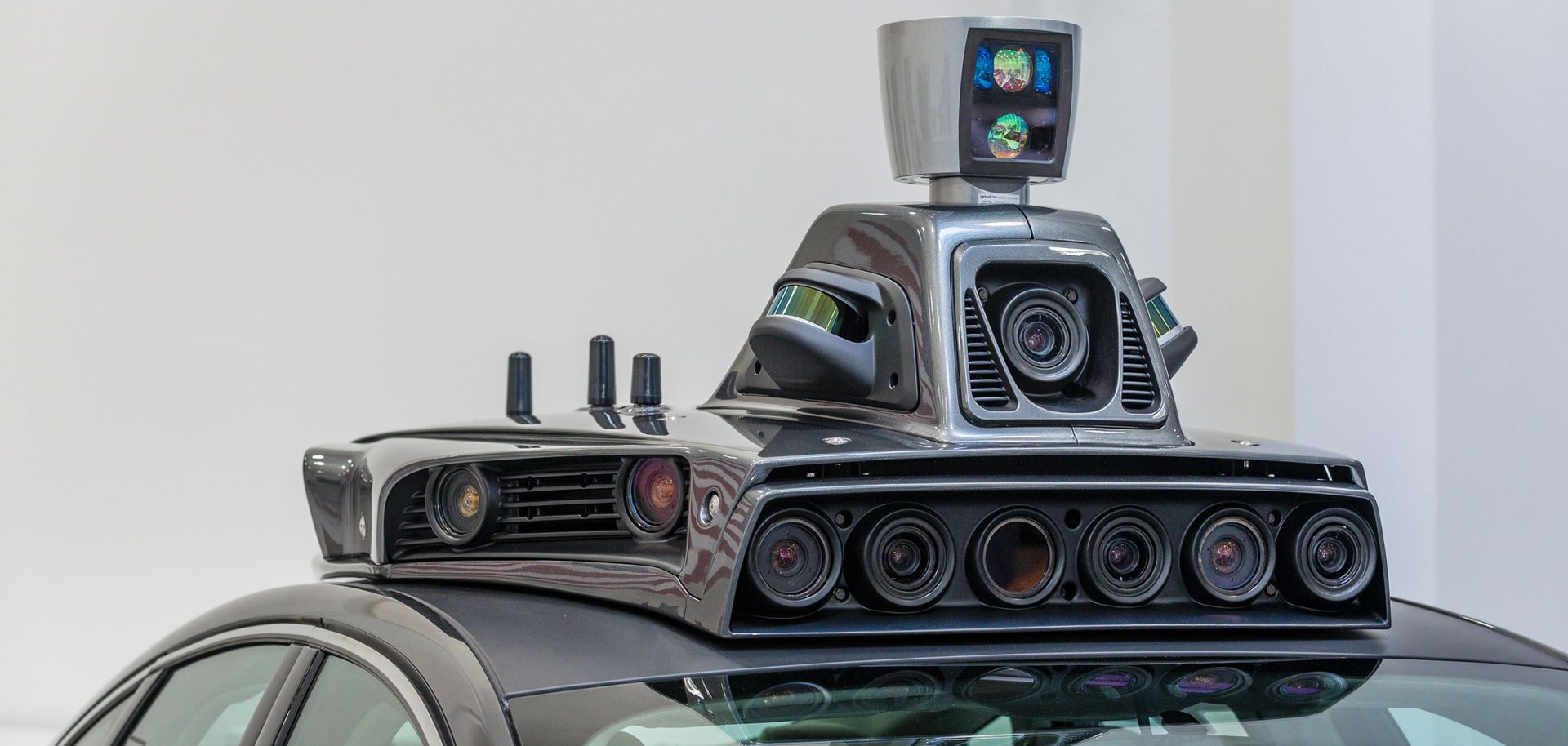ASSESSMENTS
Regulating Driverless Cars, the U.S. Takes the Lead
Sep 27, 2016 | 09:00 GMT

(ANGELO MERENDINO/AFP/Getty Images)
Summary
Self-driving cars will fundamentally change the transportation sector. But as U.S. automotive and energy storage company Tesla recently learned when an autopilot feature went awry, actually developing cars that drive without human intervention will be more challenging than anticipated. Still, the United States is taking the lead in developing the technology, largely because it is defining the future regulations that will facilitate its use.
On Sept. 21, the U.S. Department of Transportation's National Highway Traffic Safety Administration issued its Federal Automated Vehicles Policy, which provides the framework for how the United States will regulate self-driving cars, or, more specifically, highly automated vehicles. Prior to the new policy, the U.S. regulatory system was a patchwork of rules from various states regulating vehicle testing, unguided by any comprehensive nationwide policy. Clear legal systems and a close dialogue between regulatory bodies and developers are critical for the successful development and deployment of any emerging technology, especially highly automated vehicles. The Department of Transportation's new policy means to do both and will help the United States remain at the forefront of automated technology. A few other countries have taken the initial steps to accommodate highly automated vehicles, but compared with the United States, these competitors lag behind.
Subscribe Now
SubscribeAlready have an account?
